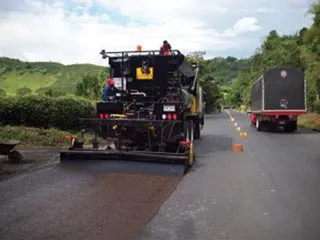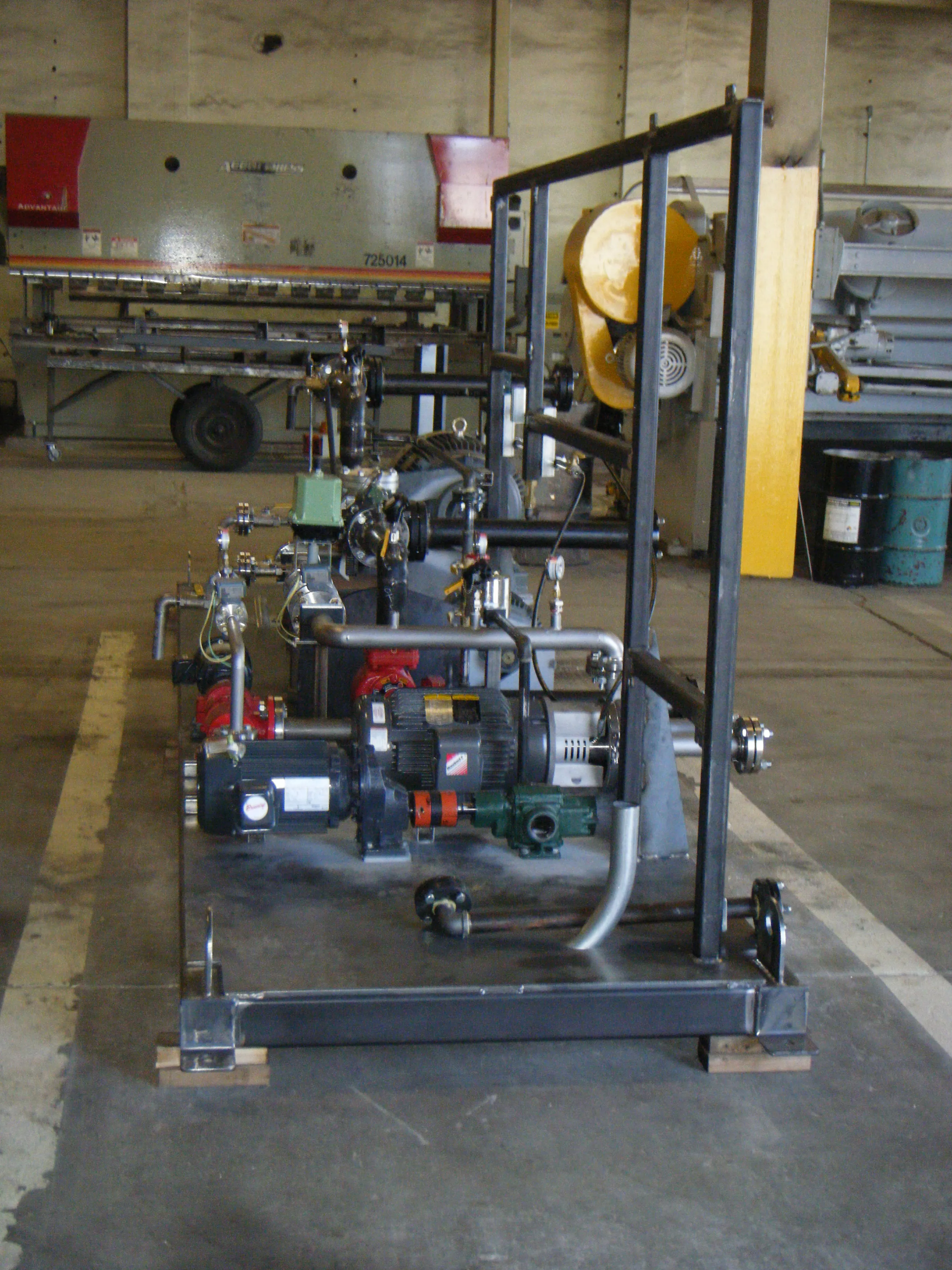Colombia's rapidly improving highway network is making a major boost to the country's economy. Though a national roads plan had been in place since the last century, road building and pavement maintenance only became a priority in 2000 when the current administration headed by President Álvaro Uribe Vélez came to power.
February 28, 2012
Read time: 2 mins

RSSColombia's rapidly improving highway network is making a major boost to the country's economy. Though a national roads plan had been in place since the last century, road building and pavement maintenance only became a priority in 2000 when the current administration headed by President Álvaro Uribe Vélez came to power. The political pledge was to pave and upgrade 2,500km of highway, an important step given that 70% of all cargo being transported in Colombia is moved by road.
One company that saw a future in pavement maintenance in Colombia is MPI3306 Manufacturas y Procesos Industriales in Bucaramanga. The firm first entered the highway market in the early 1980s and has continued to invest in the sector since. A key operation is its contracting division which handles road maintenance, carrying out highway projects in Colombia as well as some in neighbouring countries. A key part of MPI's equipment fleet is a 360 VSS Macropaver 12B slurry seal and microsurfacing machine. This productive unit has now been improved, with the addition of the sophisticated EZ-OP Monitoring System and is said to virtually eliminate the need for manual calculations with its new controls.
Although the Colombian road construction and maintenance market is strong and MPI is an established player, the company does face challenges in offering new technologies, especially the concept of microsurfacing. Fabio Mendez of MPI said, "We are introducing a technique in a country used to using dense grade mixes. We are in the process of changing that concept by making skid resistance and safety a major issue, and a thin layer (microsurfacing) can do the job, last longer, and be more cost-effective. Our biggest success has been the acceptance of slurry microsurfacing in the conservation of national highways in Colombia from major road contractors."
One company that saw a future in pavement maintenance in Colombia is MPI
Although the Colombian road construction and maintenance market is strong and MPI is an established player, the company does face challenges in offering new technologies, especially the concept of microsurfacing. Fabio Mendez of MPI said, "We are introducing a technique in a country used to using dense grade mixes. We are in the process of changing that concept by making skid resistance and safety a major issue, and a thin layer (microsurfacing) can do the job, last longer, and be more cost-effective. Our biggest success has been the acceptance of slurry microsurfacing in the conservation of national highways in Colombia from major road contractors."









